Vue.js插件封装table组件的基础教程
 发布于2024-11-16 阅读(0)
发布于2024-11-16 阅读(0)
扫一扫,手机访问
随着前后端分离开发的流行,前端框架及工具也逐渐发展成为一个相对独立的体系,其中Vue.js作为其中的佼佼者吸引了越来越多的开发者的关注与使用。本文将基于Vue.js 3.x版本,介绍如何使用Vue.js插件来封装一个table组件。
确定需求
在使用Vue.js来封装一个table组件之前,首先需要确定该组件的需求及功能。我们可以列出下面的需求:
- 支持动态输入数据,并根据数据生成table
- 支持根据table头部信息进行列排序
- 支持搜索功能,并根据关键字筛选出目标数据
- 支持分页功能
在明确了需求及功能后,我们开始进入正式的开发阶段。
编写Vue.js插件
在Vue.js中,插件是一个拥有install方法的javascript对象。当插件被注册后,该install方法将会被调用,我们可以在该方法中进行全局组件、指令或者添加实例方法等。
我们将该插件命名为VueTablePlugin,下面就来创建这个vue插件吧。
const VueTablePlugin = {
install: function (Vue) {
// 全局组件
Vue.component('vue-table', {
// 组件选项
})
}
}好的,现在我们已经创建完成了vue插件,下面我们来添加组件选项。
编写table组件
由于table组件需要支持动态数据显示及搜索、排序、分页等功能,因此我们需要在组件内部进行一系列的处理。首先,我们可以定义组件的一些选项及props:
Vue.component('vue-table', {
props: {
data: Array, // 父组件传入的数据
columns: Array // table头部信息
},
data () {
return {
searchKey: '', // 搜索关键字
sortKey: '', // 排序关键字
current: 1, // 当前页
pageSize: 5, // 每页显示数量
}
},
computed: {
filteredData: function () {
return this.data.filter((row) => {
return Object.values(row).some(val => {
return String(val).includes(this.searchKey)
})
})
},
sortedData: function () {
if (!this.sortKey) {
return this.filteredData
}
return this.filteredData.sort((a, b) => {
a = a[this.sortKey]
b = b[this.sortKey]
return a === b ? 0 : a > b ? 1 : -1
})
},
pageCount: function () {
return Math.ceil(this.filteredData.length / this.pageSize)
},
paginatedData: function () {
const start = (this.current - 1) * this.pageSize
return this.sortedData.slice(start, start + this.pageSize)
}
},
methods: {
sortBy (key) {
this.sortKey = key
this.current = 1
},
prevPage () {
this.current--
if (this.current < 1) this.current = 1
},
nextPage () {
this.current++
if (this.current > this.pageCount) this.current = this.pageCount
}
},
template: `
<table>
<thead>
<tr>
<th v-for="col in columns"
:key="col.key"
@click="sortBy(col.key)"
:class="{active: sortKey === col.key}">
{{ col.name }}
</th>
</tr>
<tr>
<th v-for="col in columns">
<input type="text" v-model="searchKey">
</th>
</tr>
</thead>
<tbody>
<tr v-for="row in paginatedData" :key="row.id">
<td v-for="col in columns" :key="col.key">
{{ row[col.key] }}
</td>
</tr>
</tbody>
<tfoot>
<tr>
<td colspan="100%">
<button @click="prevPage">Prev</button>
<button @click="nextPage">Next</button>
</td>
</tr>
</tfoot>
</table>
`
})由于我们在插件中编写table组件,因此在使用该组件时不需要在引入任何的组件,我们只需要在任意vue实例下注册该插件即可使用该组件。
使用table组件
在上面创建了我们的vue插件及table组件后,我们就可以轻松地在任意vue实例中使用该组件了,具体操作如下:
在使用该组件的vue实例中引入vue-table-plugin:
import VueTablePlugin from './path/to/vue-table-plugin.js'
然后在vue实例中注册插件:
Vue.use(VueTablePlugin)
这样,在该vue实例下就可以轻松地使用vue-table组件了:
<template>
<div>
<vue-table :data="tableData" :columns="columns"></vue-table>
</div>
</template>
<script>
export default {
data() {
return {
tableData: [
{ id: 1, name: 'John Doe', age: 29, occupation: 'Software Engineer' },
{ id: 2, name: 'Jane Doe', age: 30, occupation: 'Graphic Designer' },
{ id: 3, name: 'Aaron Lee', age: 25, occupation: 'Web Developer' },
{ id: 4, name: 'Amanda Smith', age: 27, occupation: 'UI Designer' },
{ id: 5, name: 'Jack Ma', age: 55, occupation: 'Entrepreneur' },
{ id: 6, name: 'Elon Musk', age: 49, occupation: 'Inventor' },
{ id: 7, name: 'Stephen Hawking', age: 76, occupation: 'Physicist' },
{ id: 8, name: 'Albert Einstein', age: 76, occupation: 'Theoretical Physicist' }
],
columns: [
{ name: 'ID', key: 'id' },
{ name: 'Name', key: 'name' },
{ name: 'Age', key: 'age' },
{ name: 'Occupation', key: 'occupation' }
]
}
}
}
</script>这样,我们就完成了一个简单的vue-table组件的封装,并且使用vue插件的方式进行了使用。在实际生产环境中,我们可以对其进行一定的优化及扩展,开发出更加灵活实用的table组件。
总结
本文其中的vue插件及table组件只是一个初步的封装,实际开发中还需要根据需求进行定制及拓展,才能最终达到效果。建议在实际开发中进行实践及拓展,不断打磨你自己的组件库,提高自身的开发能力。
产品推荐
-

售后无忧
立即购买>- DAEMON Tools Lite 10【序列号终身授权 + 中文版 + Win】
-
¥150.00
office旗舰店
-
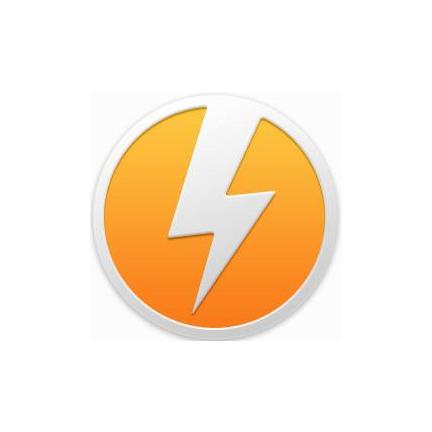
售后无忧
立即购买>- DAEMON Tools Ultra 5【序列号终身授权 + 中文版 + Win】
-
¥198.00
office旗舰店
-

售后无忧
立即购买>- DAEMON Tools Pro 8【序列号终身授权 + 中文版 + Win】
-
¥189.00
office旗舰店
-

售后无忧
立即购买>- CorelDRAW X8 简体中文【标准版 + Win】
-
¥1788.00
office旗舰店
-
正版软件
- 使用Go语言实现高性能的MySQL数据判断操作的指南
- MySQL是当今最流行的关系型数据库之一,被广泛使用于Web应用程序中。对于Web应用程序,电商平台、在线交易等使用对数据判断操作要求较高的业务,通过使用Go语言创建高性能的MySQL数据判断操作可以提升应用程序的反应速度和效率。本文将介绍如何使用Go语言创建高性能的MySQL数据判断操作。一、Go语言介绍关于Go语言的介绍可以在网上找到很多资料,这里简单介
- 8分钟前 MySQL Go语言 高性能 0
-
正版软件
- 神经进化和模仿学习技术在Java机器学习中的实现和应用
- 随着机器学习和人工智能的发展,神经进化和模仿学习技术在机器学习中的应用越来越广泛。本文将介绍Java实现的神经进化和模仿学习技术以及其在机器学习中的应用。一、神经进化算法神经进化算法是一种模仿自然进化的计算方法,在机器学习中被广泛应用。它是通过模拟生物进化过程,以求得最优解的一种优化算法。神经进化算法的核心思想是利用遗传算法、进化策略等进化算法来优化神经网络
- 23分钟前 机器学习 Java 神经进化 0
-
正版软件
- 学习PHP:从零到专家
- PHP是一种广泛使用的开源服务器端脚本语言,它可以处理Web开发中所有的任务。PHP在网页开发中的应用广泛,尤其是在动态数据处理上表现优异,因此被众多开发者喜爱和使用。在本篇文章中,我们将一步步地讲解PHP基础知识,帮助初学者从入门到精通。一、基本语法PHP是一种解释性语言,其代码类似于HTML、CSS和JavaScript。每个PHP语句都以分号;结束,注
- 38分钟前 教程 PHP 基础 0
-
正版软件
- Python学习中必须熟悉的变量命名规则
- 学习Python时需要了解的变量命名规范在学习Python编程语言时,一个重要的方面是学习如何正确命名和使用变量。变量是用来存储和表示数据的标识符。良好的变量命名规范不仅能提高代码的可读性,还能减少出错的可能性。本文将介绍一些常用的变量命名规范,并给出相应的代码示例。使用有意义的名字变量名应该具有清晰的含义,能够描述变量所存储的数据。使用有意义的名字可以让其
- 53分钟前 Python 规范 变量命名 0
-
正版软件
- Java多线程编程:实用技巧指南
- 随着计算机硬件的不断发展,多核心CPU的普及,以及现代应用程序对效率的要求,多线程编程已经成为了Java编程领域中不可避免的话题。在Java中,多线程编程依赖于Thread类和Runnable接口,Java提供了一系列的线程组件,可以帮助我们创建和管理多个线程。本文将介绍一些Java中多线程编程的实用技巧,使您能够更好地进行多线程编程。线程的创建和启动Jav
- 1小时前 09:40 Java 多线程 实用技巧 0
最新发布
-
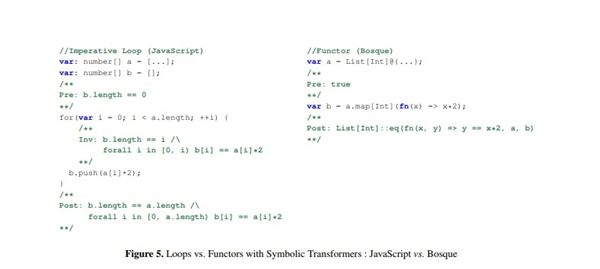 1
1
-
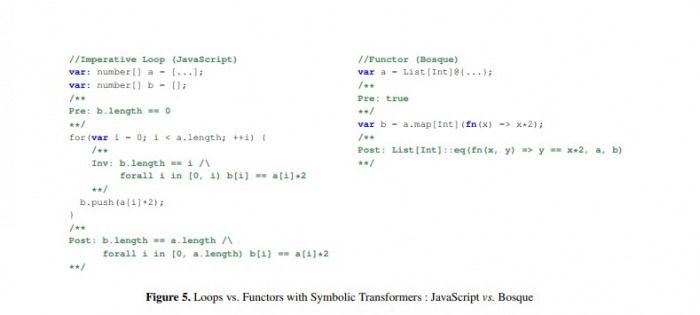 2
2
-
3
- Vue组件中如何处理图片预览和缩放问题
- 395天前
-
 4
4
- Python实战教程:批量转换多种音乐格式
- 566天前
-
5
- WebSocket协议的优势与劣势分析
- 396天前
-
 6
6
-
7
- java动态代理实例代码分析
- 566天前
-
 8
8
-
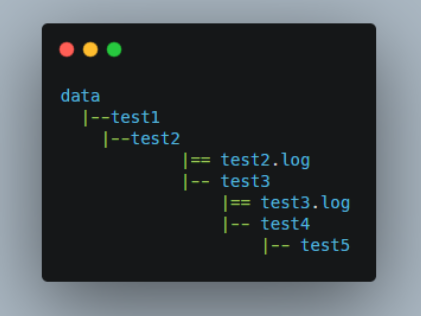 9
9
- java io文件操作删除文件或文件夹的方法
- 563天前
相关推荐
热门关注
-
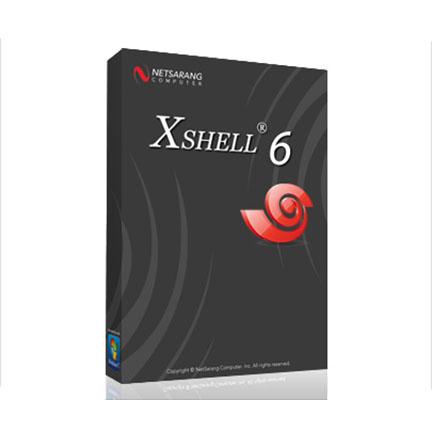
- Xshell 6 简体中文
- ¥899.00-¥1149.00
-
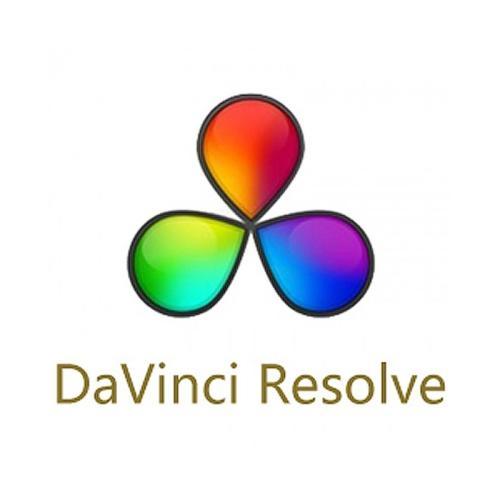
- DaVinci Resolve Studio 16 简体中文
- ¥2550.00-¥2550.00
-

- Camtasia 2019 简体中文
- ¥689.00-¥689.00
-
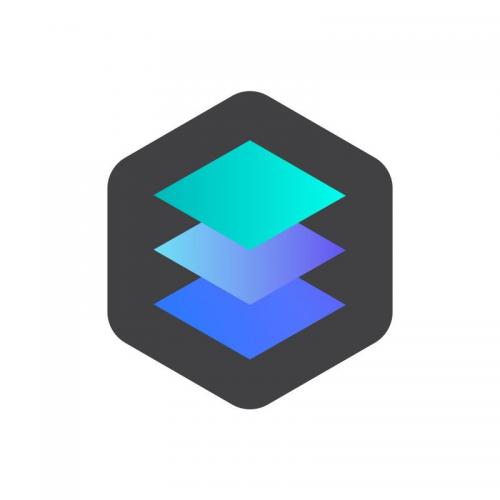
- Luminar 3 简体中文
- ¥288.00-¥288.00
-
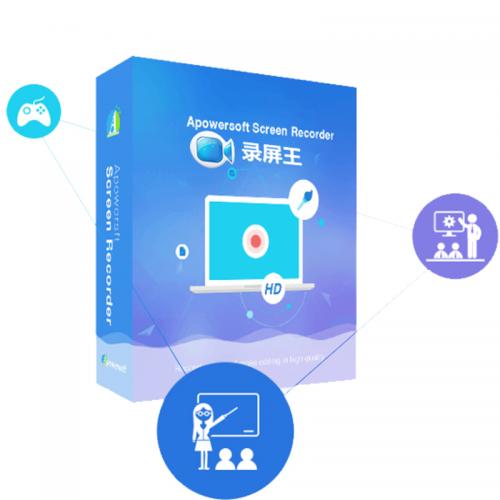
- Apowersoft 录屏王 简体中文
- ¥129.00-¥339.00